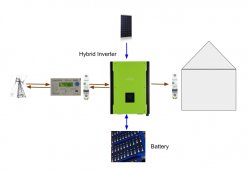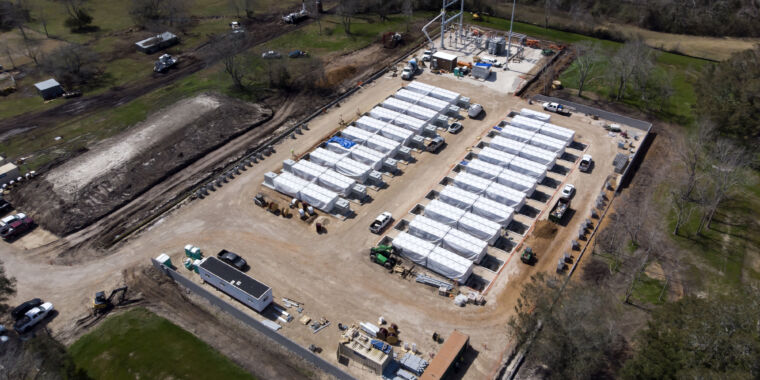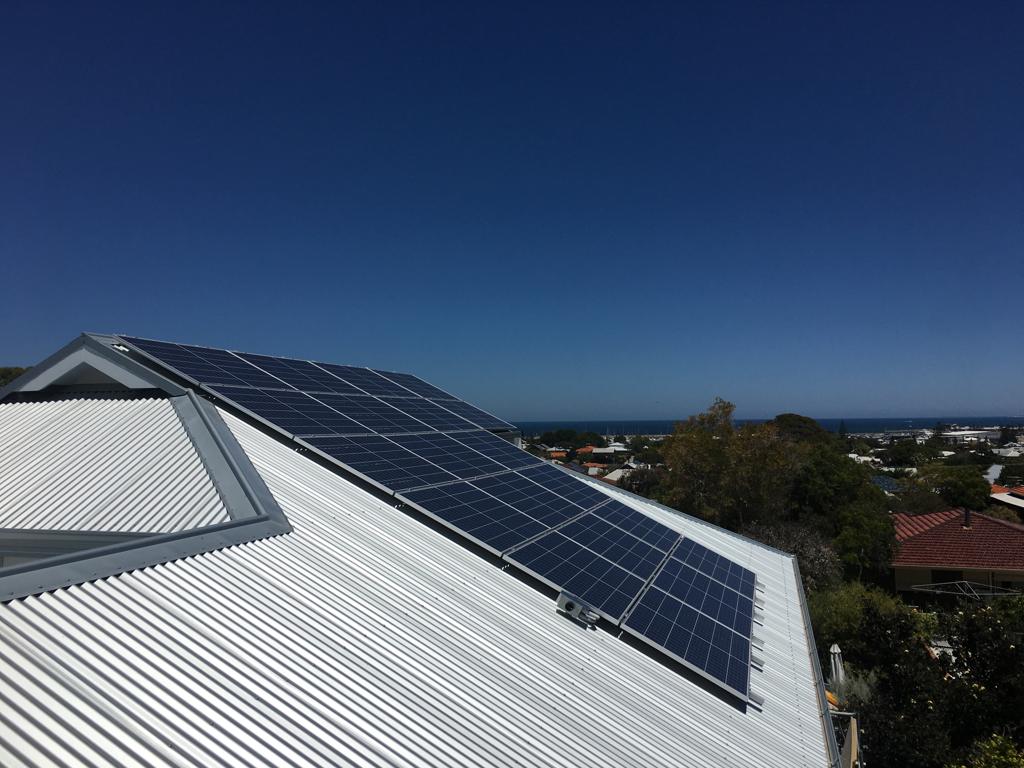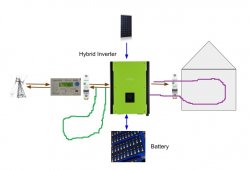I can adjust the output of my Fronius inverter to the grid through a control interface. It's a simple setting. Either in % of output capacity terms or to an absolute kW limit.
After you log in into its settings page. You do not want to give some company your login info for your own inverter ....
And as many inverter as many login page ... not easy to make it automatic.
So first you would need it developed. In a small scale allow only one inverter with this special remote control protocol.
Also it is only good for you if you have a limiter (smart meter).
Because that would be hilarious if you charge your EVs from solar, and then the utility limits your production and you have to buy the power (that you would made for yourself).

Some people here are putting in place dynamically controlled systems because they are on wholesale price pass through plans. Dynamic control of their export and/or production enables them to avoid having to pay to export when prices go negative, and they are also dynamically controlling loads as well so as to import as much as they can at such times and be paid to consume. They are doing it now.
There are also quite a number of VPPs operating (virtual power plants) which are remotely controlling home battery systems such that they can operate together as a distributed grid scale battery to provide fast response services to the grid. Even Tesla operates one here but there are quite a number of them in operation.
I read about a Tesla pilot project ... but later nothing. It was big news: rent your battery, do nothing and earn money.
But as I read it was in US and only a pilot. Never heard about this put out live.
If you have info about it, share please

(also Tesla developed the protocol to be able to remotely control his own inverter ... and it was easy for them because they made both part of the communication)
That's why they have started with pockets of the installed base, so they can test all the various options. As you say, some of the grid options (voltage/frequency signalling etc) can be a bit brutal and indiscriminate. That's why I'd much prefer a simple signal was sent to my inverter which can then control it's own ramp down.
As I said this could be done. But for this they need the support of the manufacturers.
It is a development. Someone has to organize and pay for it. And nobody will do it for free.
The requirements only apply to grid-tied inverters capable of pushing power into the grid. This is 99% of rooftop PV inverters in Australia.
The sort of inverters you refer to are set up to operate as an off-grid set up only.
Nope. Real one unit hybrid inverters are both: off-grid and grid-tie at the same time.
They sell power to the grid and have protected load
(ps this is why I hate that there is no fix definition ... everyone thinks other things when say hybrid ... I am translating to English and expanding my previous "all system type description" article ... but it goes a bit slow).
This is a one unit hybrid system. You have such systems in Australia too. They have all the certificates there and here in EU too.

The hybrid inverter has an
- AC in (connected to grid) where it can sell power to grid or can buy power and put it into battery (charger) or can bypass it to load (house)
- AC out (connected to house) where it outputs only power from PV and/or battery and/or grid.
Anything connected to the grid which operates as a small scale generator (SSG is defined as something which supplies power to the grid) requires power distribution authority approval and is required to meet specific standards (including any set limits on capacity and export controls).
If your utility has an allowed inverter list there will be a Voltronic Infinisolar. AS, VDE, ... it has all certificates.
An inverter operating off-grid which does not back-feed power to the grid (even one that can pass through the grid power and operate like a UPS) is not subject to the same requirements that grid tied inverters are. As far as the grid is concerned such inverters are just a load. If the grid goes off-line, then as far as the grid is concerned that entire load has been removed from the grid (if it wasn't already sourcing power from off-grid supply).
Here is the same.
I have both such set ups at home:
- A grid tied Fronius inverter which can pump power into to the grid. It operates in parallel with the grid supply. If grid goes down, so it does too.
- An AIO unit which operates with a separate PV array and battery. This supplies power to off-grid AC outlets plus provides backup to my home via a transfer switch, meaning those backed up circuits are completely isolated from the grid and so become an extension of the off-grid outlets. It can operate in the manner you describe, i.e. accept grid power in and pass through to output, and cut over like a UPS if grid power is cut. These operate in series with grid power and as such connected loads are limited to the output capacity of the inverter (there is no parallel supplementation of power from the grid). Provided they cannot supply power into the grid, then they are not subject to the same grid control requirements.
This hybrid inverters is like the Fronius and MPP Solar inverters combined in a single unit.
Not new, already sold since around 8 years now
As to the risk hacking presents to grid stability, I see little difference between the risk of distributed rooftop solar supply being hacked and any one of the large grid power stations being hacked. They are all connected by networks and are all hackable.
If your inverter is hacked then only your power generation can be shut down.
If the central command is hacked then it can send shutdown order to all inverters ... and bring down the whole grid.
SPoF (Single Point of Failure)
Also grid controller computers are not online.






